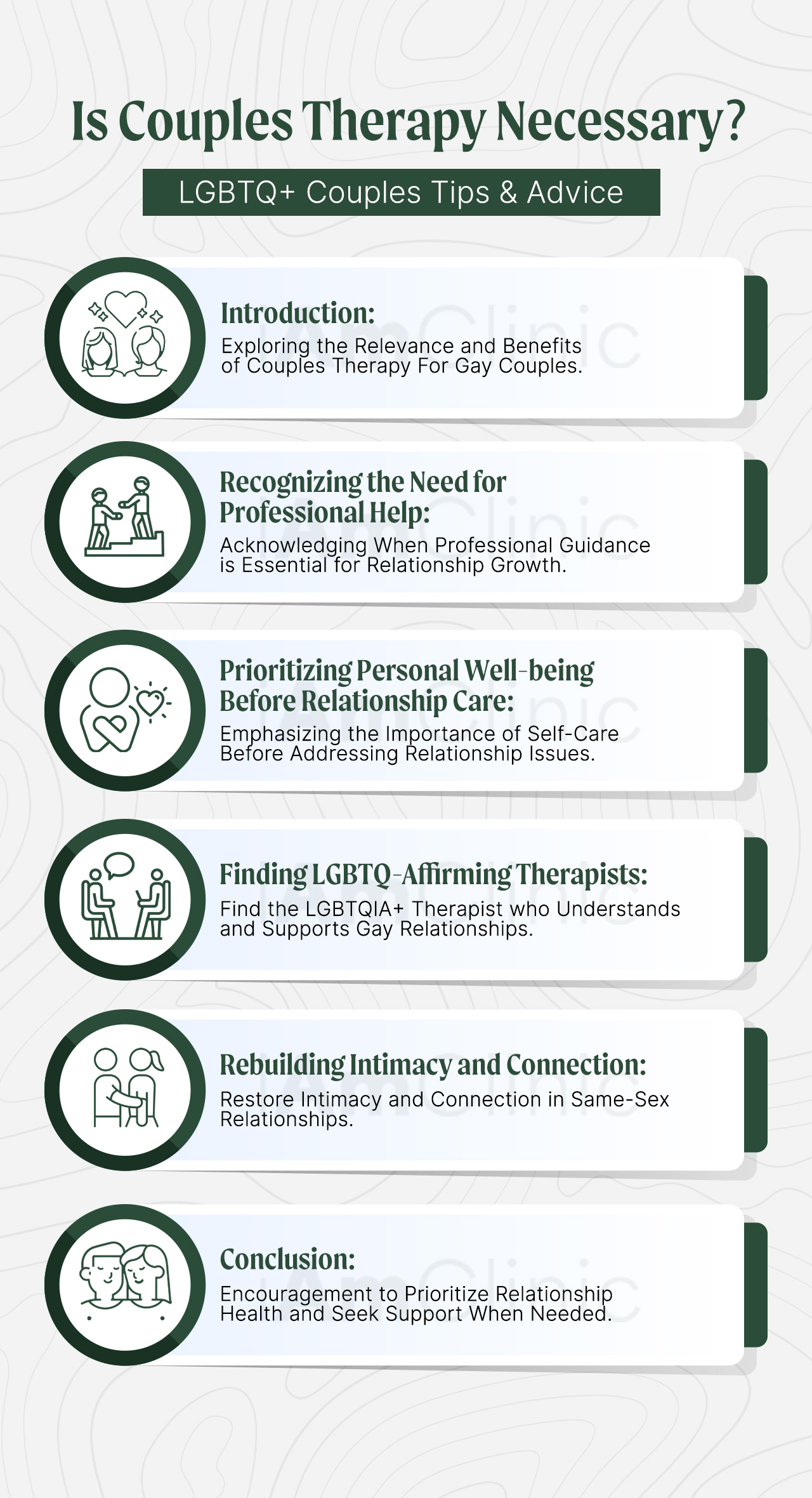The Only Guide for Aim Point Counseling
The Only Guide for Aim Point Counseling
Blog Article
Aim Point Counseling Can Be Fun For Everyone
Table of ContentsThe Aim Point Counseling StatementsThe 9-Minute Rule for Aim Point CounselingWhat Does Aim Point Counseling Mean?The Main Principles Of Aim Point Counseling Aim Point Counseling - TruthsAim Point Counseling - Questions
The longitudinal style includes a pre-treatment survey and two follow-up surveys at 3- and 12-months post-intervention. The study is embeded in 8 Relationships Australia Victoria centres, across urbane, external residential areas, and regional/rural websites. Relationships Australia, a non-government organisation, is the largest copyright of pair counselling and partnership services in Australia.
These high rates of connection malfunction have actually been continually connected with negative wellness repercussions for both grownups and youngsters complying with divorce/separation.
The Of Aim Point Counseling
Longitudinal researches additionally recommend that youngsters of separation have a higher incidence of psychological conditions, drug and alcohol usage, and dangerous sexual practices [7] Although the effects of separation and separation can be harmful, study suggests that high partnership disharmony in intact pairs is likewise likely to have unfavorable outcomes.
Study to date has actually identified both pair and specific factors that might contribute to connection dissonance. These include relationship fulfillment and dedication at the pair level, and clinical depression at the individual level.
Not known Details About Aim Point Counseling
Partnership fulfillment has actually been the most usual result variable recognized in even more than 200 assessments of pair therapy [11,12] Studies have found considerable improvements in connection satisfaction from pre- to post-treatment [13,14] and throughout one to two years adhering to therapy [15] In these research studies, relationship satisfaction was most often examined making use of the Dyadic Modification Range (DAS) [16] For that reason, while the majority of researches indicate improvements in connection fulfillment adhering to couple counselling, they are limited by the examples and actions utilized, mostly temporary follow-up time frames, and evaluations that do not account for the dyadic nature of pair information. Connection dedication, based on measures such as the Dedication Inventory (CI) [19], is another generally investigated connection result.
To summarise, study indicates that couple-specific variables in addition to specific variables may anticipate the end results of pair counselling and partnership solutions. The causal direction of these partnerships, nevertheless, is less clear. These monitorings are very important, considering that, to justify and guide the application of relationship solutions such as pair coaching, empirical evidence must check out both the end results of connection solutions and the aspects that anticipate successful therapy.
As a result, there is an expanding consensus that efficiency studies should be matched by performance study to best inform medical practice [ 29] The restricted efficiency research that exists to day recommends that couple therapy can improve outcomes such as connection contentment [33,43], interaction skills and basic health [44], a minimum of in some European nations.

We presently know little regarding the accounts of pairs who look for out relationship education contrasted with those who look for partnership therapy, or the results of these programs. Anecdotal evidence suggests that there might be substantial distress amongst at the very least some pairs seeking partnership education.
Fascination About Aim Point Counseling
Feedback entails participants finishing questionnaires concerning their connection (e.g. actions of interpersonal problems), and getting info on what their ratings suggest. Cognitive-behavioural approaches promote transforming cognitions to assist in positive partnerships.
These effects have continued for up to 4 years in some researches [47] These meta-analyses highlight limitations in the existing literature on connection education and learning. Specifically, most of studies entailed pairs from upper socio-economic histories that were not experiencing high partnership discord [47,48] This sample profile might not represent clients who normally present for relationship education.
4 Easy Facts About Aim Point Counseling Described

Very little study has go to the website checked out the comparative advantages of pair therapy and relationship education and learning programs. As clients are most likely to self-select into these service kinds, it is not clear whether characteristic relationship distress profiles existing per service type, or indeed whether there is an interaction in between providing account, solution type and outcome.
(https://a1mpoint.start.page/)
Therefore, we have actually consisted of a 12-month follow-up to evaluate longer-term patterns and results.
For that reason, we recommend to utilise multi-level statistical modelling procedures that regulate for the inter-dependence of couple information to analyze any type of therapy impacts. The certain purposes of the ECC research study are to: 1. Map accounts of clients seeking area agency-based couple coaching vs. connection improvement programs in regards to socio-demographic and relationship indications (such as partnership contentment, connection dedication, social troubles, and factors for participating in), along with health and wellness (such as depression, general well-being) and health and wellness solution use (eg.
2. Determine whether pair coaching and relationship education and learning solutions improve 3- and twelve-month outcomes for relationship contentment, commitment, and anxiety, using analytical analyses suitable to couple data. 3. Identify the relative contributions of customer factors (specific and couple) and therapy/education aspects to outcomes at 3- and 12-months, and to sustainability of end results gradually.
The Buzz on Aim Point Counseling
Multi-level modelling to determine pre-post distinctions, controlling for dyadic (couple) degree. To add to the literature evaluating the performance of community-based pair coaching. The outcomes will assist professional decision-making in community-based relationship service settings, and expert training. 3. To identify the relative contributions of client/couple and treatment aspects to results at 3- and 12-months, and to sustainability of results with time.
Report this page